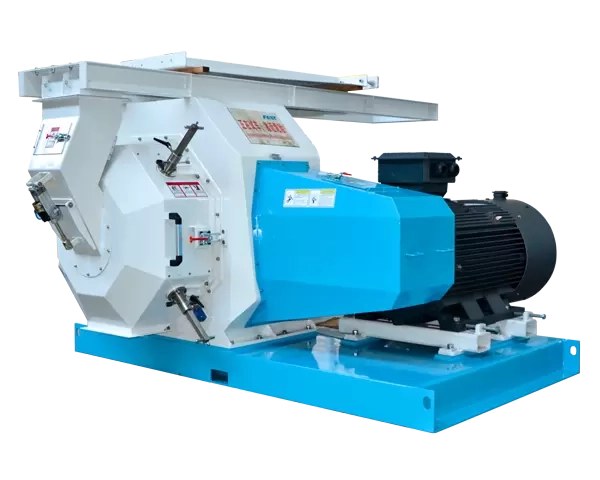In modern agricultural production, feed pellet mill plays a vital role. This kind of machinery not only improves feed utilization, but also optimizes the cost-effectiveness of the breeding industry. However, like all mechanical equipment, proper storage and transportation are essential to maintain the performance of feed pellet mill and extend its service life. This article will discuss in detail how to efficiently store and transport feed pellet mills.
First, proper storage is essential when the feed pellet mill is idle. Good storage conditions prevent unnecessary damage to the machine, ensuring that it can be put into production quickly when it is next used. Here are some important storage steps and considerations:
Cleaning: Always clean the feed pellet mill thoroughly before storing it. Remaining feed particles or dust may attract pests and cause damage to machine parts. These residues can be effectively removed using a soft brush and a low-pressure air gun.
Inspection and Maintenance: Conduct a comprehensive inspection of the machine to ensure that all components are in good condition. Lubricate moving parts and replace any worn parts. This helps prevent rust and other forms of corrosion.
Dry environment: Choose a dry, well-ventilated place for storage. Excessive humidity can cause metal parts to rust, affecting machine performance. Moisture absorbers can be used to keep the environment dry.
Avoid direct sunlight: Direct sunlight will cause the paint on the surface of the machine to fade and the plastic parts to age. Therefore, feed pellet mill should be stored in a place away from direct sunlight.
Stable support: Make sure the machine is placed on a solid and stable ground. It is best to use a support frame to suspend the machine to avoid deformation caused by the tire bearing weight for a long time.
Cover Protection: Cover your machine with a breathable covering to prevent dust accumulation and potential scratches.
Regular Inspections: Even during storage, the condition of the machine should be checked regularly. If any problems are discovered, they should be resolved promptly.

When the feed pellet mill needs to be moved from one place to another, transportation becomes a critical link. Correct transportation method not only ensures the safety of the machine, but also avoids additional maintenance costs. Here are some recommended shipping measures:
Packaging and fixing: Before transportation, the machine should be properly packed to ensure that all loose parts are fixed to prevent shaking or collision during transportation.
Consider Weather Conditions: While transporting feed pellet mill, the current weather conditions need to be taken into consideration. Extreme weather such as strong winds, heavy rain or heavy snow may adversely affect transportation.
Choose a professional logistics company: In order to ensure safe transportation, it is wise to choose an experienced logistics company. Professional companies will use appropriate transportation and provide insurance just in case.
Tracking logistics information: Use modern technologies such as GPS to track the location of transportation vehicles to ensure that you know the specific location and transportation status of the machine at any time.
Unloading and installation: After arriving at the destination, unload the goods carefully and install according to the instructions in the operation manual. If necessary, you can ask professional technicians to assist with installation.
Whether storing or transporting, feed pellet mills require special attention to maintain their optimal performance. By following the steps and suggestions above, you can minimize wear and tear on your machine and ensure maximum efficiency for future use. Through careful maintenance and management, the feed pellet mill will continue to serve as a solid pillar of modern agricultural production and promote the sustainable development of the breeding industry.